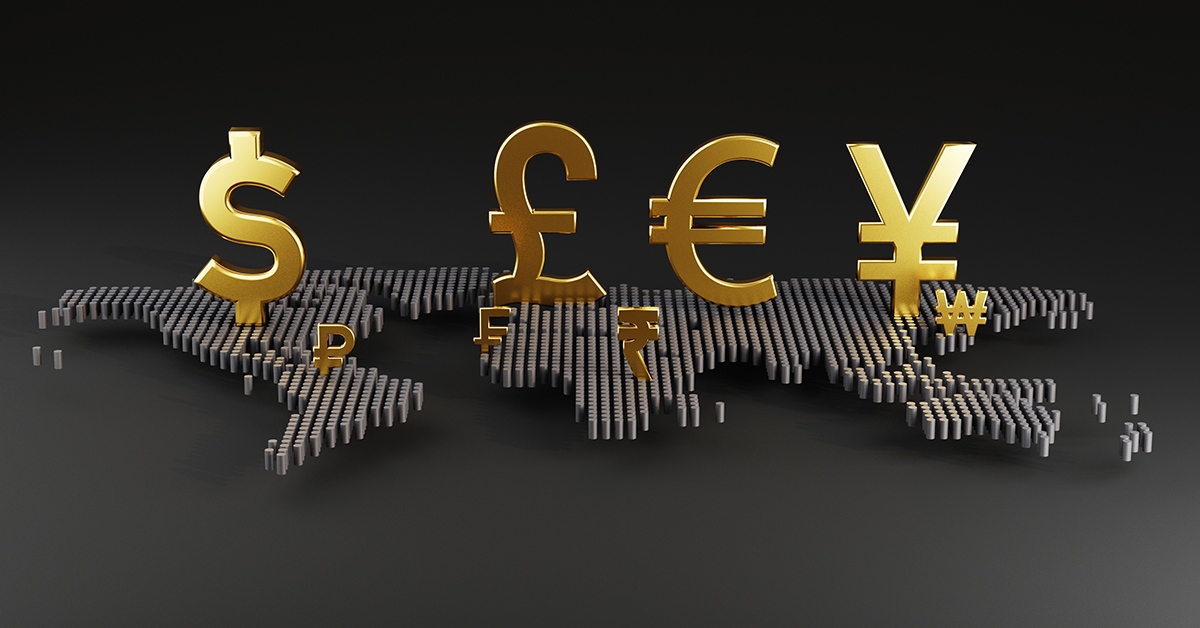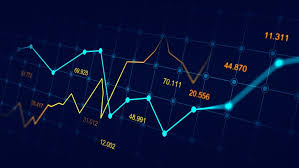
What is Forex Trading?
Forex trading, also known as foreign exchange trading, involves the buying and selling of currencies on the forex market. With a daily trading volume exceeding $6 trillion, it is one of the largest and most liquid financial markets in the world. Traders aim to profit from fluctuations in exchange rates between different currencies. For more insights and resources on forex trading, visit what is trading forex fx-trading-uz.com.
How Forex Trading Works
In forex trading, currencies are quoted in pairs, such as EUR/USD, where the first currency is the base currency and the second is the quote currency. The value of the pair indicates how much of the quote currency is required to purchase one unit of the base currency. For example, if the EUR/USD pair is quoted at 1.20, it means 1 Euro is equivalent to 1.20 US Dollars.
The Mechanics of Forex Trading
Forex trading is available 24 hours a day, five days a week, with the market operating in various sessions across major financial centers, including London, New York, Tokyo, and Sydney. This accessibility allows traders to participate at any time and take advantage of market movements.
Types of Forex Orders
Traders can use various types of orders to enter and exit trades:
- Market Order: An order to buy or sell a currency pair at the current market price.
- Limit Order: An order to buy or sell at a specified price or better.
- Stop-Loss Order: An order to limit potential losses by closing a trade at a predetermined level.
- Take Profit Order: An order to close a trade once a target profit level has been reached.
Fundamental vs. Technical Analysis
Successful forex trading typically involves a combination of both fundamental and technical analysis.
Fundamental Analysis
This approach examines the economic factors that influence currency values, including interest rates, inflation, and economic performance indicators such as GDP. Traders analyze data releases, central bank announcements, and geopolitical events to gauge potential currency movements.

Technical Analysis
Technical analysis, on the other hand, involves the study of historical price movements, chart patterns, and technical indicators. Traders use tools such as moving averages, Bollinger Bands, and the Relative Strength Index (RSI) to identify trends and potential entry and exit points.
Popular Forex Trading Strategies
Traders employ various strategies based on their trading style and market conditions. Some common strategies include:
Day Trading
Day traders open and close positions within the same trading day, aiming to capitalize on small price movements. This strategy requires a keen understanding of market trends and a high level of discipline.
Swing Trading
Swing traders hold positions for several days to weeks, targeting larger price movements. This approach necessitates a balance between technical and fundamental analysis to identify potential price swings.
Scalping
Scalpers aim to make quick profits by executing numerous trades throughout the day, taking advantage of minute price changes. This strategy requires a fast execution platform and a strong grasp of market dynamics.
The Risks of Forex Trading
While forex trading can be profitable, it is essential to understand the associated risks:
Leverage

Forex trading often involves the use of leverage, allowing traders to control larger positions with a smaller amount of capital. While leverage can amplify profits, it can also increase potential losses significantly.
Market Volatility
The forex market can be highly volatile, with currency values fluctuating rapidly. Sudden economic news or geopolitical events can result in significant price movements that may lead to unexpected losses.
Getting Started with Forex Trading
If you are interested in beginning your forex trading journey, here are some steps to consider:
1. Educate Yourself
Familiarize yourself with the fundamentals of forex trading. There are many resources available, including online courses, webinars, and books.
2. Choose a Reliable Broker
Select a reputable forex broker that offers a user-friendly trading platform, competitive spreads, and strong customer support.
3. Open a Demo Account
Before committing real money, practice trading with a demo account to build your skills and gain confidence without financial risk.
4. Develop a Trading Plan
Create a comprehensive trading plan that outlines your goals, risk tolerance, and trading strategies. Stick to your plan and avoid emotional trading decisions.
5. Start Trading with Small Amounts
When transitioning to live trading, start with small amounts until you gain experience and confidence in your trading abilities.
Conclusion
Forex trading offers vast opportunities for profit but also poses significant risks. By understanding the mechanics of the market, employing effective strategies, and managing risk, traders can enhance their chances of success. Whether you’re a beginner or an experienced trader, continuous education and practice are key to unlocking your potential in the dynamic world of forex trading.
